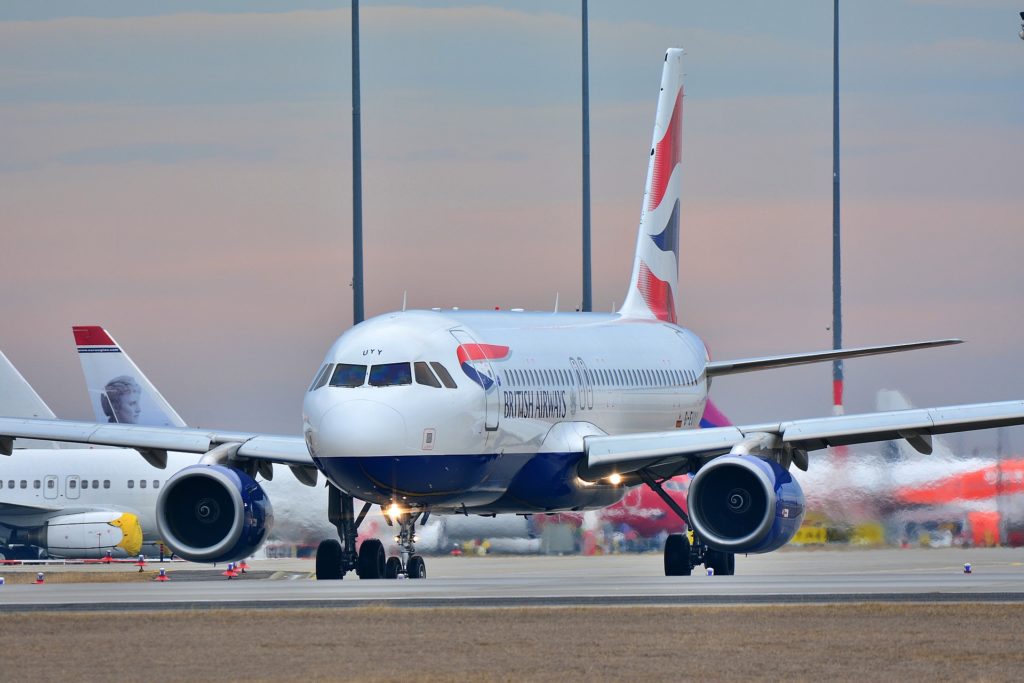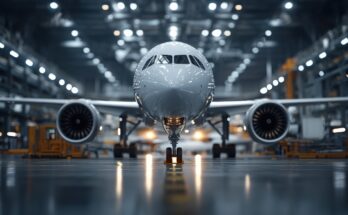
If the dominant themes of 2022 across the commercial aviation sector were burgeoning structural stabilization and the cautious consolidation of emergent financial gains, then 2023 has been defined by rejuvenation and anticipation, with a renewed eye on planning for the future and not merely the tumultuous present. Whereas the previous two years were defined by the sudden need for radical acts of transformation and restructuring in the face of unprecedented financial and medical exigencies, global airlines that have managed to adapt and persevere are now better equipped to consolidate and begin reinvesting in the future of their fleets and enterprises.
Although these developments represent a much-needed reprieve, and a light at the end of the tunnel, for an industry emerging from years of crisis, success itself has quickly given rise to new pressures, risks and systemic challenges that will require further innovation and adaptation on the part of many operators if they wish to remain viable.
According to the International Air Transport Association (IATA), by August 2023 global passenger flows had recovered to 95 percent of the pre-pandemic rate. The release of pent-up demand in the wake of mass vaccination and the recent re-opening of the vast mainland Chinese market in January 2023 and Japan in 2022 has resulted in many popular locales around the globe reporting a massive surge in tourist traffic through the latter half of the year. Naturally, renewed passenger demand has proven particularly robust in the Asia-Pacific (APAC) region over the past 11 months owing to the revitalization of traffic flows within, and from, the People’s Republic of China (PRC).
However, it will still take some time for operators accustomed to depressed demand rates, which in many cases have been restructured into a broadly leaner operational profile, to accommodate the accelerating growth of the global and domestic demand environment. Lingering supply chain dysfunction, volatile fuel price shifts resulting from unpredictable global developments such as the October 7 Hamas terrorist attack in Israel, and shortages of qualified flight and ground crew staff remain endemic areas of vulnerability across much of the commercial aviation sector. Alongside more traditional upgrade segments, demand for retrofit and maintenance solutions that address these emergent issues is certain to materialize. Still, significant consumer trepidation exists regarding controversial proposals such as single-pilot commercial flights that the introduction of new technologies may only go so far in ameliorating.
Still, the greater level of experience that both airlines and aviation regulatory bodies have accumulated toward sustaining passenger operations in an unpredictable environment has paid dividends in facilitating the industry’s capacity to surmount unanticipated contingencies and systematically implement realistic and effective traffic management strategies. Whereas the annual flight cancellation rate in the United States reached 2.7 percent in 2022, the U.S. Department of Transportation has consistently reported sub-2.0 percent cancellation rates through 2023, moderately alleviating the atmosphere of consumer frustration that characterized much of the previous year.
Although potential risks and disruptions to this positive outlook have not entirely dissipated, the restructured post-pandemic airline industry has exhibited considerable resilience in absorbing these lasting pressures through 2023.




